Artist Marketing - How to Market Yourself

In this digital age, artist marketing is crucial. Good marketing is vital for independent artists to get seen and sell more in a crowded market. Without a marketing strategy, even the most talented artists will struggle to get noticed.
Quick Summary
In the digital age, artist marketing is essential for gaining visibility and success. Independent artists must define their unique style and identify their target audience to tailor their outreach effectively. Key strategies include maintaining a professional website, using social media to engage followers, implementing email marketing, and participating in art shows. Continuous evaluation of marketing efforts through analytics ensures that artists can adapt their approach, ultimately helping th
This post will give you practical, actionable art marketing tips to help artists, new or established, market themselves and their art.
Art marketing is key to getting in front of a bigger audience and building momentum in your art career.
Ready to Grow Your Business?
Get a free consultation and custom strategy tailored to your goals.
With all the digital tools available, artists can now show their work to art lovers and potential buyers worldwide. Marketing activities like having an online portfolio, social media, and online galleries can make you more visible and sell more.
Good art marketing strategies help artists connect with their audience, generate interest, and build relationships with art fans and collectors. By using social media marketing, email marketing software, and professional websites, artists can show their work in a way that speaks to their audience.
These marketing activities will not only sell more but also get you established in the art world so your work gets in front of those who love and value it.
Your Brand

What's Your Style and Voice
Before you start any art marketing, you need to define your unique artistic style and voice. This means understanding what makes your work different from other artists and articulating your creative process and the themes that drive your work.
A clear and distinct artistic identity will make a lasting impression and be the foundation for all your marketing.
Who's Your Audience
Who do your art resonate with most—art lovers, collectors, gallery owners or fellow artists. Understanding your audience's preferences and behaviors will allow you to tailor your marketing to their interests and needs and get more engagement and sales.
Writing Your Artist Statement
An artist statement is a powerful tool that gives insight into your work and your artistic journey. It helps buyers, curators and art lovers connect with your art on a deeper level.
A good artist statement should explain your artistic vision, what inspires your work and what you want to say through your art.
This personal bit will make your art more appealing and get you closer to your audience.
Online Presence
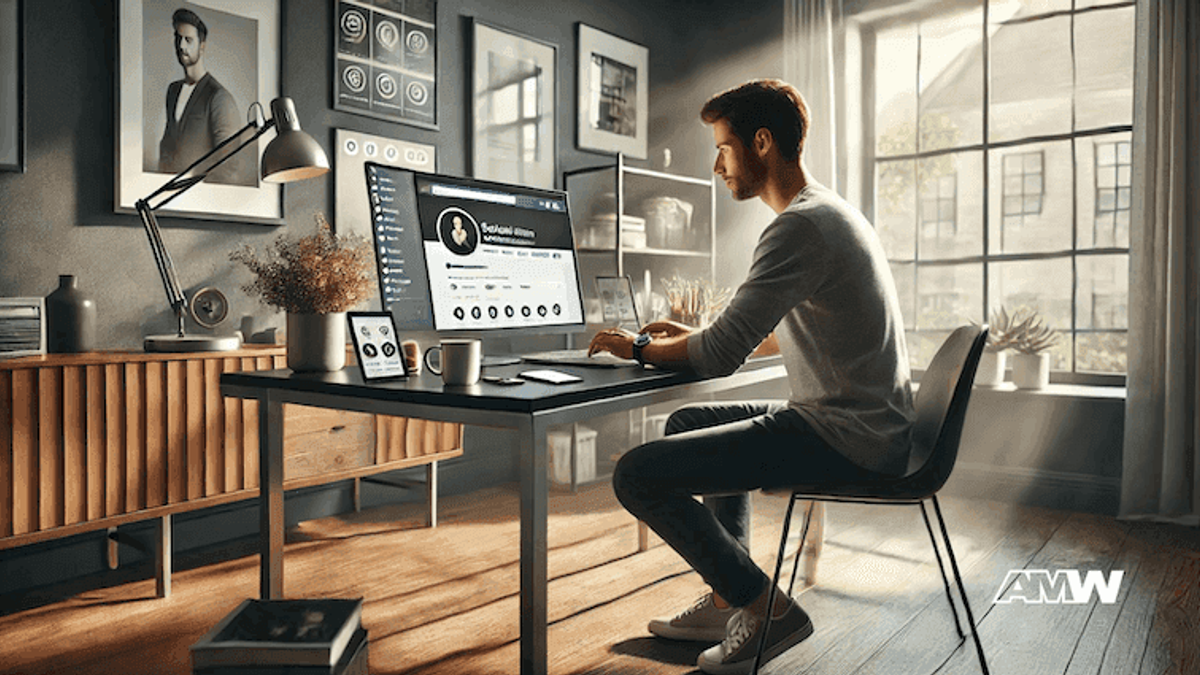
Having a Website
A professional website is the basis of your art marketing. It's an online gallery and personal website where potential buyers can see your portfolio, learn about you, and contact you. Must-haves of an artist's website include high-quality images of your work, a well-written bio, and up-to-date contact info.
Make sure your website is easy to use and visually pleasing, and you'll make a great first impression.
SEO Tips
To get more visibility on your artist website you need to optimize for SEO. Use keywords like "artist marketing," "art marketing strategies," and "online portfolio" throughout your site. This will help your rankings and make it easier for buyers and art lovers to find your work online. Also, updates should be made regularly with fresh content like blog posts or news about upcoming shows.
Using Social Media
Social media is a tool for artists to reach a global audience and keep their audience engaged. Platforms like Instagram, Facebook and Pinterest are great for visual artists, X and LinkedIn for professional connections and updates about your art practice.
Content Strategy: What to Post and When
You need a content strategy to maintain a strong social media presence. Post a mix of content, high quality images of your work, behind the scenes of your creative process, short form video content, updates about upcoming shows or new work. Use scheduling to plan and automate your posts, so you have a consistent flow of content.
Interact with Your Audience
Interacting is key to building relationships with your audience and keeping them interested in your work. Reply to comments, participate in conversations, and thank your followers for their support. Hosting live sessions like Q&A or studio tours can also help you connect more personally. By interacting, you can create a community of art lovers who will support and share your work.
By using these art marketing strategies independent artists can get more visibility, build an online presence and market their art to a broader audience.
Marketing Plan
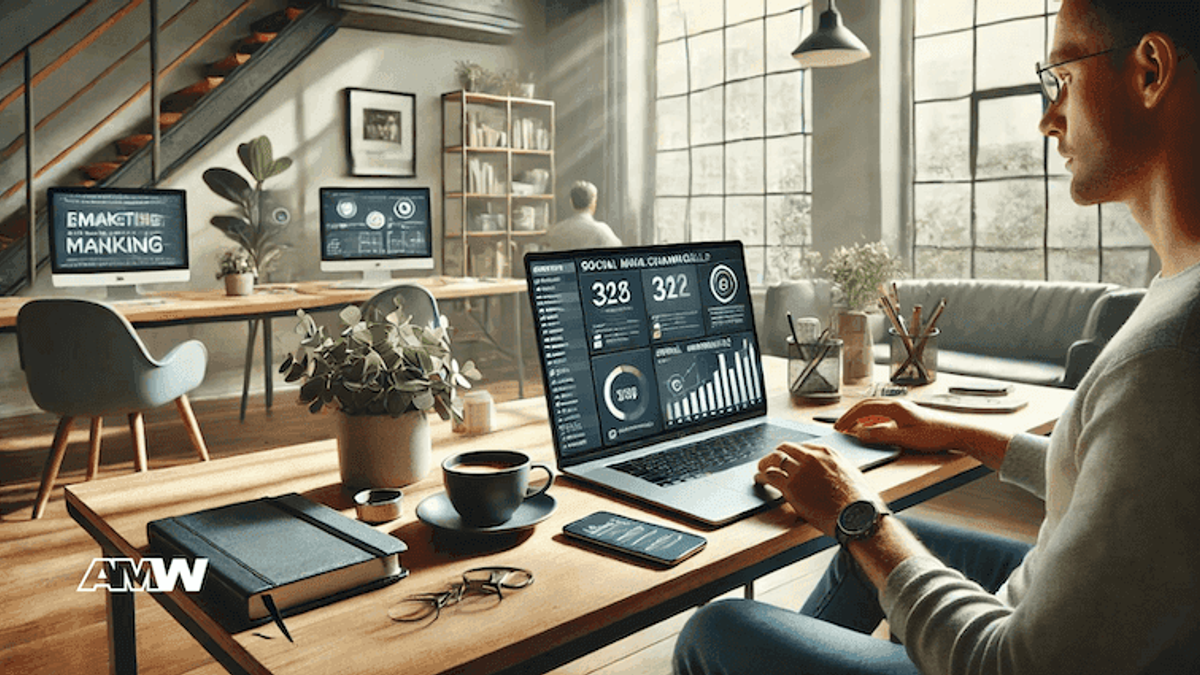
Setting Specific, Measurable Goals
The foundation of any marketing strategy is setting specific, measurable goals. For independent artists, these goals should align with your overall artistic vision. Start by defining what you want to achieve in the short term and long term. Short-term goals might be to increase your social media presence, launch a new artist website, or get your first online gallery show. Long-term goals could be to get gallery representation, reach a certain level of sales, or become a well-known artist in the art world.
Short-term vs Long-term Goals
Short-term goals are those you want to achieve within a year. They help build momentum and give you measurable targets to work towards. Examples:
- Get a certain number of followers on social media
- Complete a new body of work for an upcoming show
- Increase traffic to your personal website through targeted SEO
Long-term goals are beyond a year and require ongoing effort and planning.
- Build a global audience for your art
- Get press coverage in major art publications
- Have a consistent income from your art
Marketing Channels
To market your art, you need to identify the right channels for your target audience. This is a mix of online and offline strategies.
Online Channels: Social Media, Website, Email Marketing
- Social Media: Use social media to show your art, share your process, and engage with art lovers. Social media is a cost-effective way to generate interest in your art.
- Website: A professional website is your online portfolio and central hub for your art marketing. Make sure it has high quality images of your work, an artist statement and contact information.
- Email Marketing: Use email marketing software to send newsletters and updates to your subscribers. This keeps your audience informed about your latest work and shows.
Offline Channels: Galleries, Art Fairs, Networking Events
- Galleries: Getting gallery representation can give you a lot more visibility and credibility in the art world. Research galleries that are a good fit for you and approach them professionally.
- Art Fairs: Participate in art fairs to show your work to a broader audience and make sales.
- Networking Events: Attend events, workshops, and seminars to build relationships with artists, curators, and buyers.
Budgeting
Budgeting is a key part of any marketing plan. Allocate your resources wisely by prioritizing the activities that will give you the highest return on investment.
Allocate Your Resources Wisely
- Professional Website: Invest in a high-quality, user-friendly website.
- Social Media Advertising: Use targeted ads.
- Professional Photography: High-quality images of your work are essential for online and offline marketing.
Ready to Grow Your Business?
Get a free consultation and custom strategy tailored to your goals.
Low-Cost Marketing Strategies
For independent artists with limited budgets, there are several low-cost art marketing strategies:
- Social Media Marketing: Organic posts and engagement can be very effective.
- Collaborations: Partner with other artists to share resources and audience.
- Email Newsletters: Use email marketing software to keep in touch with your audience at a low cost.
Content and Strategy
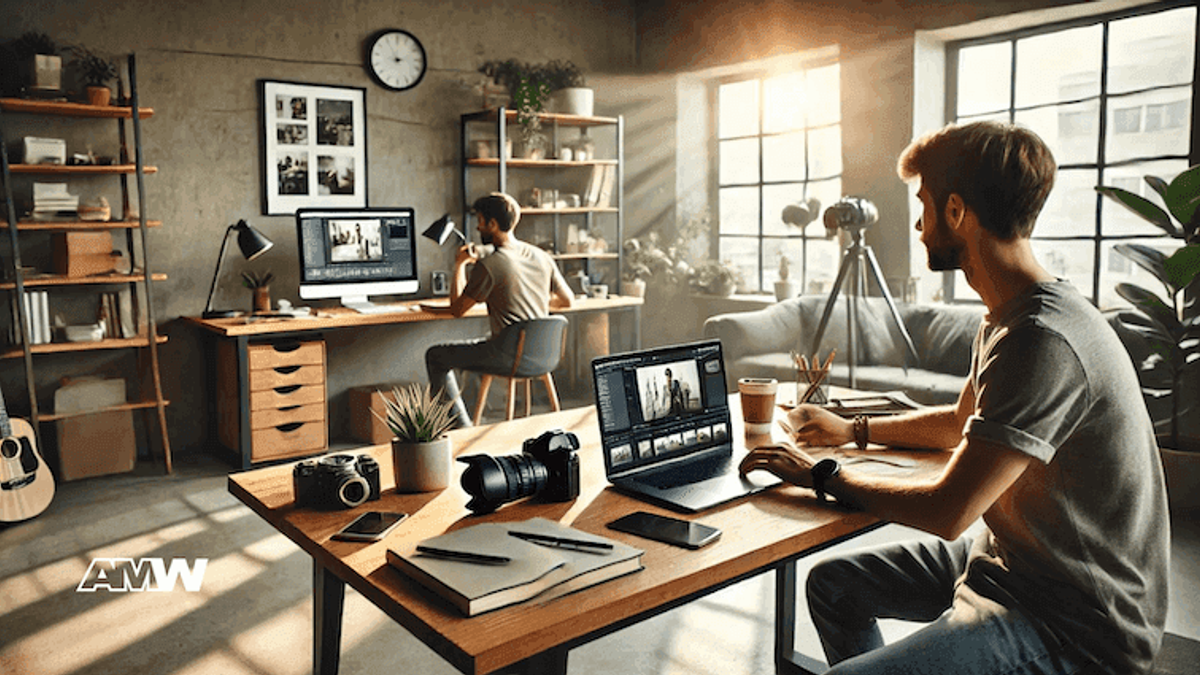
Good content is key to engaging your audience and showing your art in the best light.
Professional photography ensures your art is presented accurately and beautifully. High quality images are essential for your online portfolio, social media posts and press coverage.
Writing Blog Posts and Artist Statements
Regularly posting to your blog keeps your audience engaged and informed. Write about your process, upcoming work, and insights into the art world. A good artist statement adds depth to your work and connects with your audience on a personal level.
Content Calendar
A content calendar helps you plan in advance so you can keep a consistent online presence. Mix up the types of content, photos of your work, behind-the-scenes videos, and updates about upcoming events.
Tips for Scheduling Regularly:
- Use Scheduling Tools: Tools like Buffer and Hootsuite can help you automate your posts and schedule regularly.
- Batch Content Creation: Create multiple pieces of content in one go to save time and be consistent.
- Monitor Analytics: Check your analytics regularly to see what type of content is performing well and adjust your strategy accordingly.
Networking and Collaborations
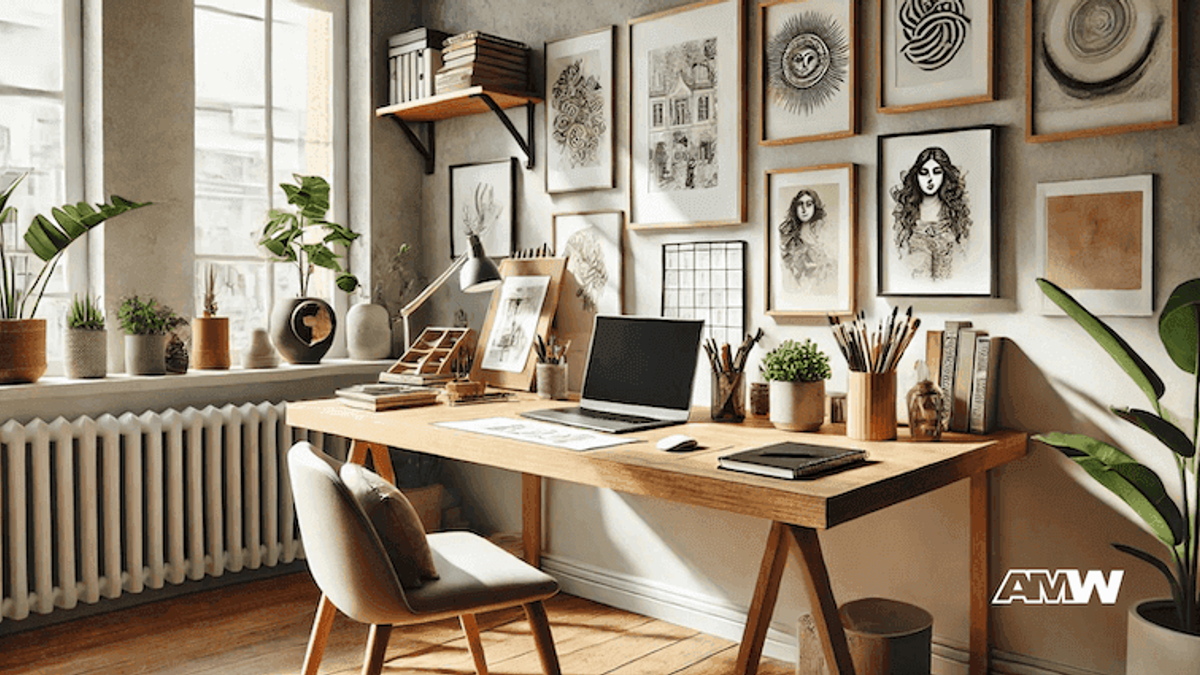
Networking is a way to build relationships and grow your audience in the art world. Connect with other artists, curators, and art lovers, and new opportunities and collaborations will follow.
Approaching galleries and curators requires professionalism and perseverance. Research the galleries thoroughly and tailor your submissions to their style. Attend gallery openings and events to build relationships and find out what galleries are looking for.
Benefits of Collaborating
Collaborations can bring your work to new audiences and new perspectives. Partner with other artists for joint shows or projects, and it can be a win-win.
Working with influencers can generate buzz around your art.
By focusing on these areas of artist marketing you can make a marketing strategy that gets you visible, engaged and successful as an artist.
Email Marketing
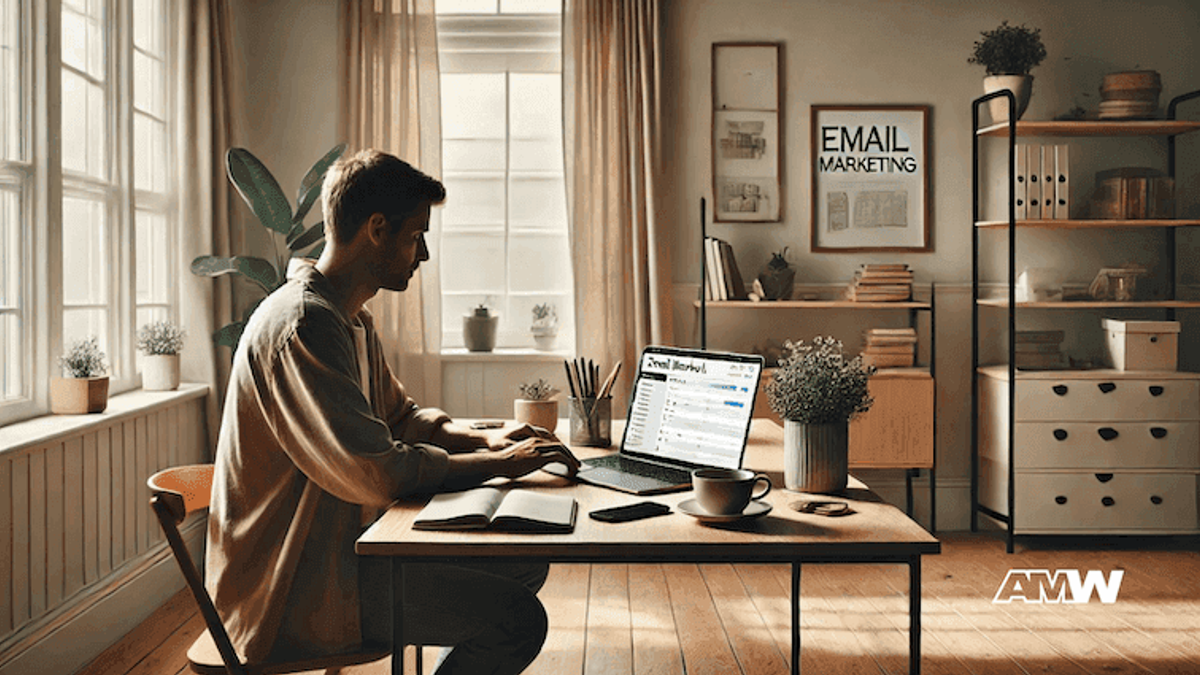
A big email list allows you to communicate directly with art lovers, keep them informed about your latest work, upcoming shows and new pieces.
Strategies for Collecting Email Addresses:
- Website Sign-Up Forms: Put sign-up forms on your artist's website and online portfolio. Offer exclusive content or discounts to entice sign-ups.
- Social Media: Promote your newsletter and encourage followers to subscribe.
- Art Shows and Exhibitions: Collect email addresses at events by having a sign-up sheet or digital form.
Content and Frequency
Your newsletters should have a mix of content:
- New Work: Show your latest pieces with high-quality images and descriptions.
- Behind the Scenes: Share your creative process and studio life.
- Upcoming: Inform your audience about upcoming shows, events, and projects.
- Personal: Include personal stories or milestones to connect with your readers.
The frequency of your newsletters should strike a balance between maintaining contact and not overwhelming your audience. Monthly or bi-monthly is usually good for most independent artists.
Personalization can make your newsletters more effective. Use email marketing programs to segment your audience and tailor your message. Address subscribers by name and consider their preferences when you write. Ask for feedback, offer exclusive previews, and create interactive elements like polls or quizzes.
Ready to Grow Your Business?
Get a free consultation and custom strategy tailored to your goals.
Art Shows and Exhibitions
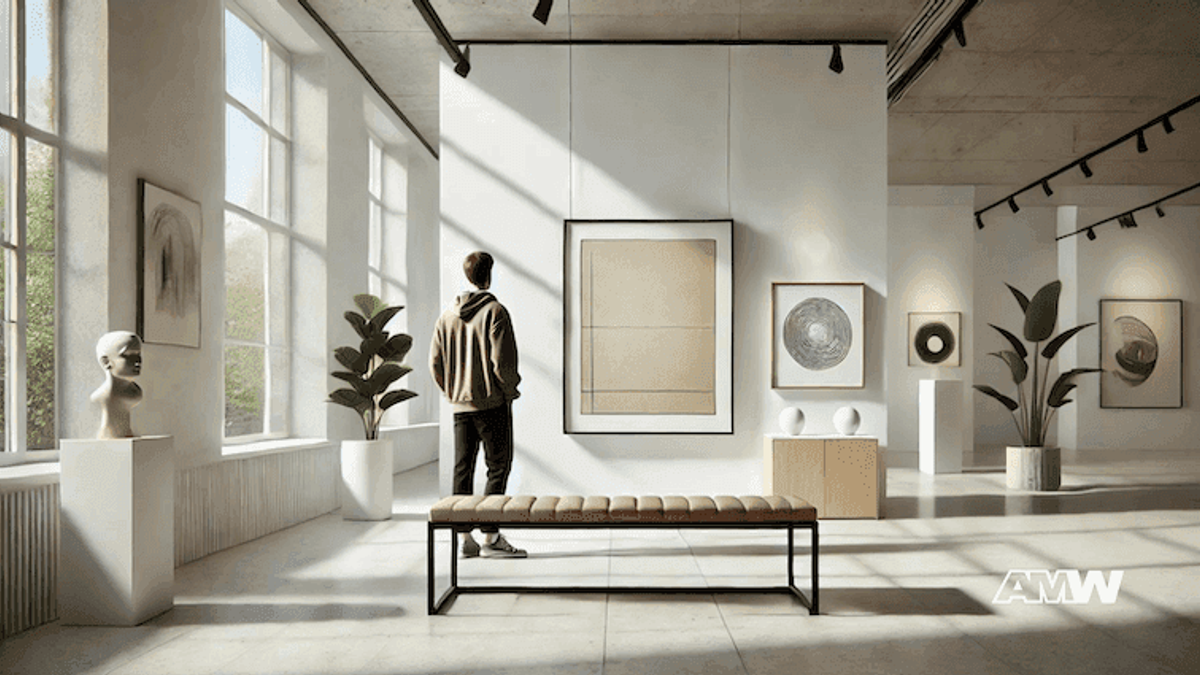
Choosing the right art shows and exhibitions is key to your art marketing. Look for shows that fit your style and target audience.
Research the show, the audience, and previous participants' feedback to make sure it's a good fit.
Preparation is everything when it comes to an art show or exhibition. Here are the essentials:
- Artwork Presentation: Make sure your work is professionally framed and displayed.
- Pricing: Work out your pricing strategy, what your work is worth, and what the market is paying.
- Logistics: Plan the transport and setup of your work well in advance.
Promotional Materials
Promotional materials are key to generating interest and providing information about your work. This includes:
- Business Cards: Make sure they are professionally designed and have your contact details and website.
- Brochures or Catalogs: Include information about your work, images, descriptions, and prices.
- Online Promotion: Promote your participation in the show on social media and attract visitors.
Talking to Visitors
Talking to visitors at the show can build relationships and sell work. Be prepared to talk about your work and process. Collect contact details and follow up with interested buyers after the event.
Review and Refine Your Strategy

Measuring your marketing is key to knowing what works and where to improve. Use analytics tools to track your artist's marketing.
Here are some tools to give you insights:
- Google Analytics: Track website traffic, user behavior, and conversions.
- Social Media Analytics: Instagram and Facebook have analytics to measure engagement and reach.
- Email Marketing Software: Use these to track open rates, click-through rates, and subscriber growth.
Review your analytics to see what's working. Adjust your strategies based on the data. For example, if behind-the-scenes posts on social media get high engagement, increase the frequency of those posts.
Continuous improvement is the key to successful artist marketing. Work out what's working and focus on those areas. And get rid of what's not.
By using email marketing, participating in art shows, and reviewing and refining your strategies, you can market yourself as an independent artist. This will help you build your presence in the art world, connect with art lovers and collectors, and ultimately succeed in your art career.
Conclusion
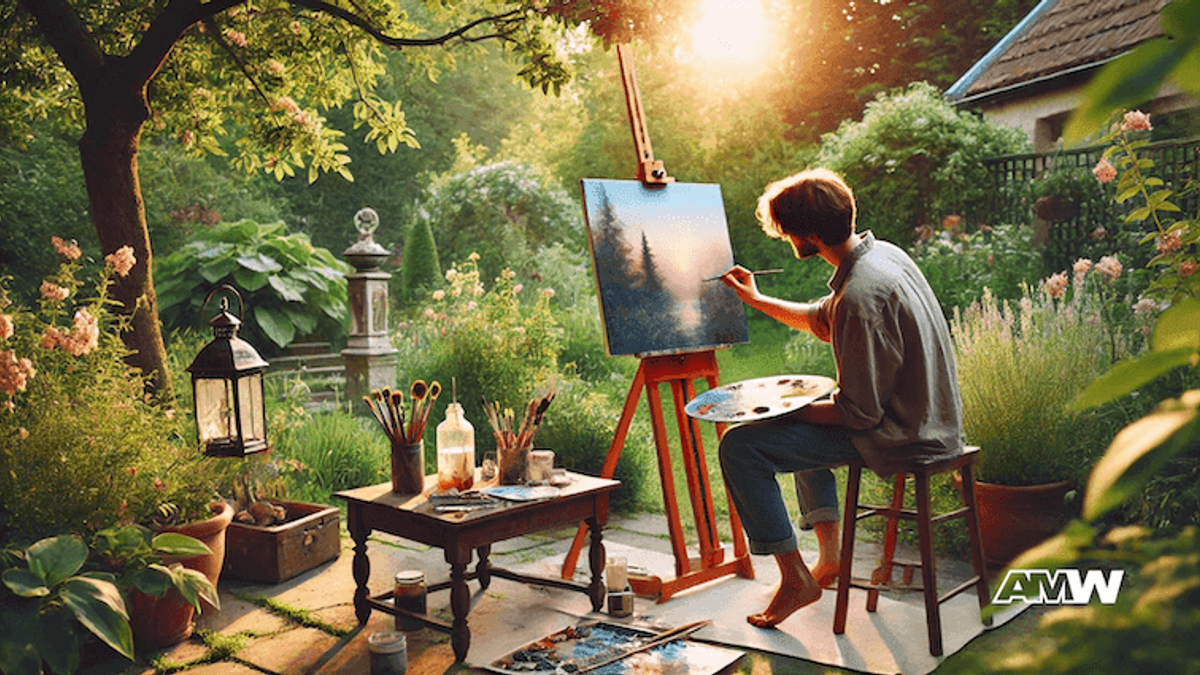
Artist marketing is essential for any independent artist wanting to succeed in the art world today. By using all the marketing strategies outlined above: building a professional website, engaging with social media, participating in art shows and using email marketing software you can get noticed and connect with a global audience of art lovers.
Consistent marketing and planning will not only get people interested in your work but build relationships with art fans, collectors and other artists.
Review your marketing strategies based on metrics and art world trends, and your art marketing will stay relevant. By focusing on great content, clear branding, and active audience engagement, you can make an impact and build momentum in the art world.
FAQ

How do I market myself as an artist?
Marketing yourself as an artist means defining your brand, building an online presence, creating great content, and engaging with your audience through social media, email marketing, and exhibitions. Having a professional website, a clear artist statement, and participation in online galleries and art shows are key to a successful marketing strategy.
How to promote an artist?
Promoting an artist means a combination of online and offline strategies: social media engagement, email newsletters, art shows, collaborations and networking within the art world.
How do you write an artist marketing plan?
An artist marketing plan should include: setting goals, identifying your target audience, choosing the right marketing channels, budgeting resources and reviewing and refining the strategy based on metrics. Define your unique style and voice, work out where your target audience spends their time and allocate resources to the most impactfull marketing activities.
What are the 4 Ps of art marketing?
The 4 Ps of art marketing are Product (your art and artist brand), Price (how you price your work or services), Place (where your art is available), and Promotion (how you promote your art to the audience). In the digital world, this means getting your work heard through various online platforms, creating great content like videos, and using social media to reach a global audience.
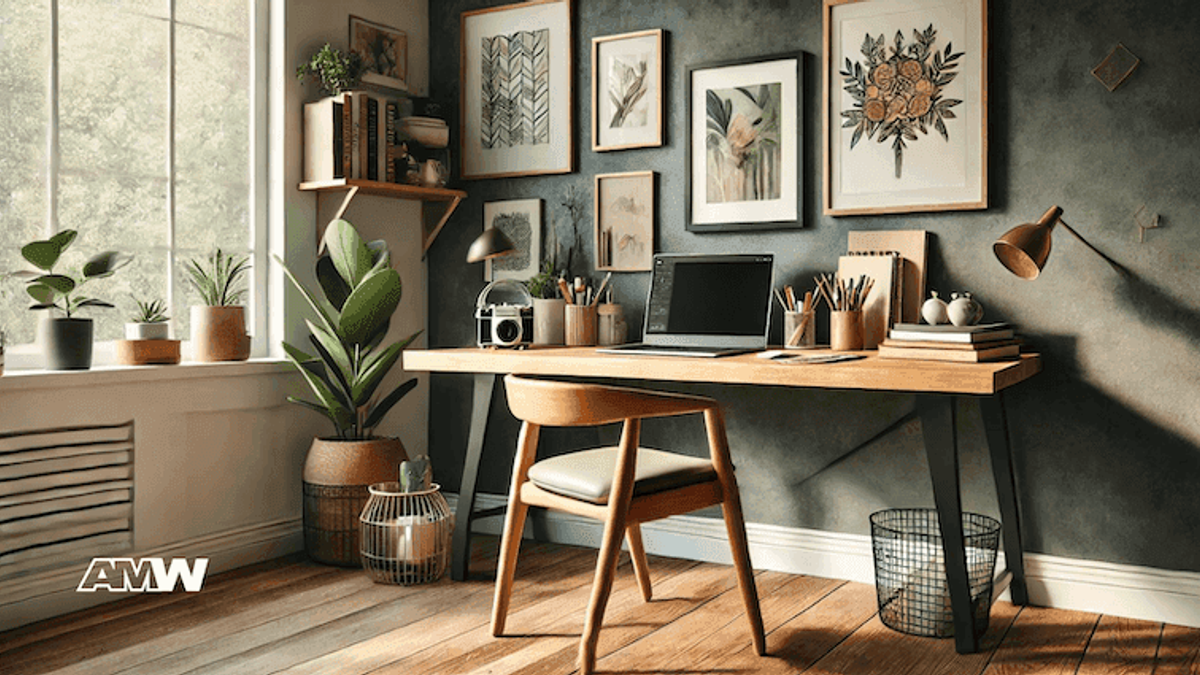
Written by
Maria KanicMaria Kanic is a Social Media Manager at AMW with expertise in digital campaigns, social media strategy, and brand communications.
Ready to Grow Your Business?
Get a free consultation and custom strategy tailored to your goals.
Related Articles

The Art of Marketing Art
Art marketing is the strategies and tactics used to promote and sell art. It's building a brand, creating content and using social media to reach a wider audience. Art marketing isn't just about selli

How to Get Your Artwork Noticed
Elevate your artwork visibility by crafting distinctive pieces, establishing an online presence, leveraging social media, and connecting within the art community.

Artistic Branding: Branding Tips for Artists
Artistic branding is a crucial aspect of establishing a successful career in the art world. By creating a distinctive brand identity, artists can communicate their unique vision, connect with their au